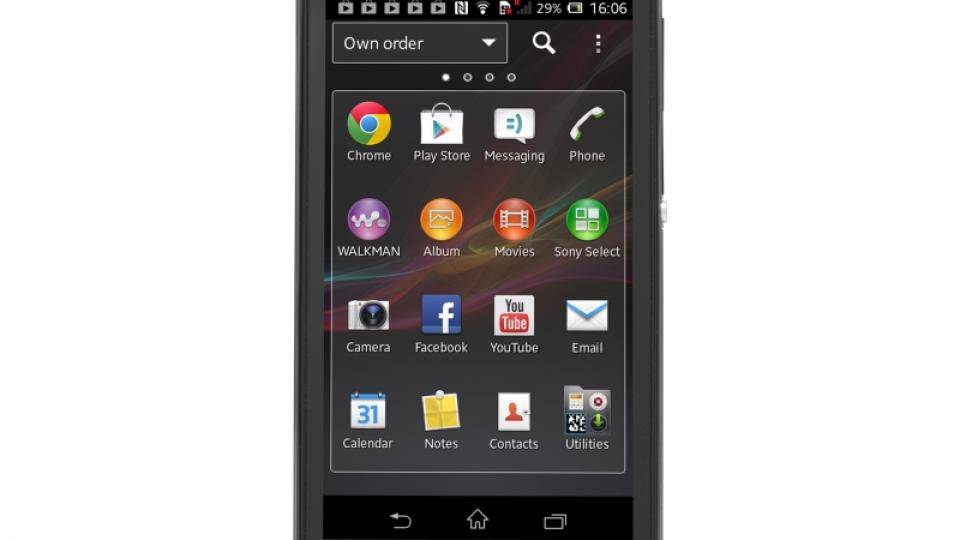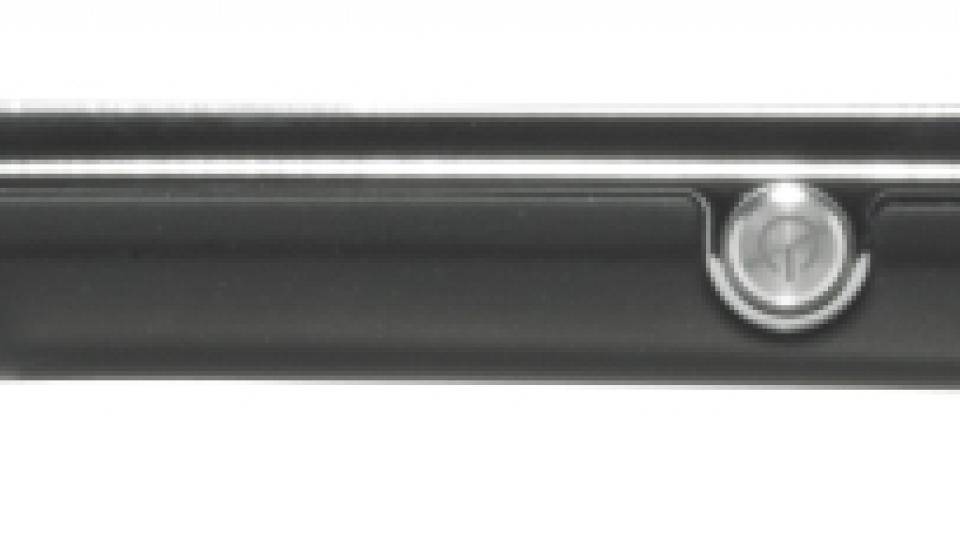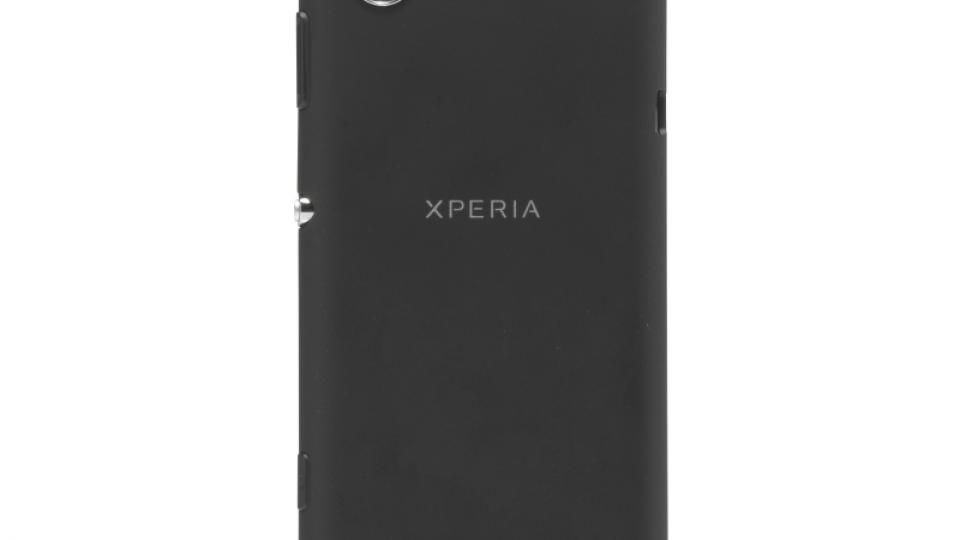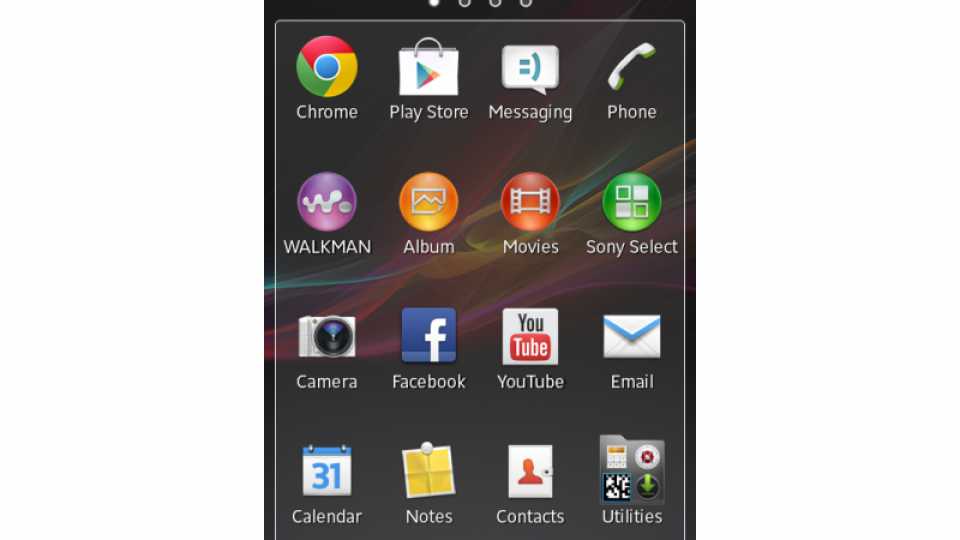The Xperia L was Sony's mid-range handset last year, slotting in under the powerful Xperia SP and flagship Xperia Z . Since then, the price of the phone has almost halved, with SIM-free handsets now costing around £130. Contract aren't bad either, with most 1GB data plans currently sitting around the £13-per-month mark if you're willing to buy from Affordable Mobiles. Otherwise, the Xperia L is becoming increasingly difficult to get hold of as it goes end of life. Still, if you're determined to buy one before it's gone forever, the Xperia L still gives you quite a lot of phone for your money.
The handset doesn't have a spectacular specification, but it all works well as a package. You get a 1.0GHz dual-core processor, 1GB RAM and Android 4.1 - not much on paper, compared to the near-2GHz monsters we're now seeing on premium smartphones, but we've no complaints about the handset's performance. Apps open and shut with a snap and animations are silky-smooth.

As we expected, the phone's performance in our Sunspider 1.0 JavaScript benchmark wasn't spectacular. It completed the test in 2,646ms using the default Chrome browser, which is twice as long as we saw from the Xperia SP with its 1.7GHz dual-core chip. Chrome is slow in Sunspider, but even with the faster Dolphin browser we only saw 1,564ms, which is very much a middling result.
Subjectively, this average benchmark score didn’t make much difference to the phone's web browsing performance. The Maps app glides smoothly under your finger, and there's barely a hesitation while panning smoothly around web pages - only a barely perceptible slowdown when scrolling past a large image. When compared side by side with a Samsung Galaxy S3 , the more powerful S3 had slightly smoother browsing, but there's not much in it.
You shouldn’t have a problem with gaming, as the Xperia L's processor produced a competent performance in the 3DMark benchmark. 4074 is a much better score than we expect to see from a phone at this price, and is up with much more expensive phones such as the HTC One X+. It's also quicker in 3D games than the Samsung Galaxy S3, showing you're getting better 3D performance than last year's premium handsets.

We were also impressed with the Xperia L's screen. Again, its 854x480 resolution is pretty standard for a phone at this price, and you have to zoom in to read text on web pages, but we saw bright whites and punchy colours. The Xperia L's LCD display doesn’t have the true blacks of an AMOLED screen, but blacks are still very deep. It's a high-quality display for a relatively inexpensive handset.
The phone's design certainly divided opinion in the office. In an era of slimmer smartphones, it's unashamedly chunky, with a large chin and a concave back with a pleasing rubberised finish. The phone's protruding edges make it feel like it would survive most tumbles, as the screen would be protected unless you dropped the phone straight on its face.
However, some weren't sure about the hard edges at the bottom of the handset, which can dig into your hand - we think it's something you'll quickly get used to, and is only really a problem if you're used to a phone with rounded edges such as the Galaxy S3.

The Xperia L has a pretty decent battery life. We managed 7 hours and 32 minutes in our continuous video playback test, but this is starting to look a bit mediocre in the face of newer Android handsets which tend to last around 10 hours at the very minimum.
As with the Xperia SP and Xperia Z, Sony has made extensive customisations to the Xperia L's version of Android. This may offend Android purists, but we find the changes to be tasteful and useful. We particularly like the drop-down box that lets you sort your apps by Most Used or Recently Installed.

^ Some of Sony's customisations are welcome, such as being able to rearrange the app tray easily
Sony bills the Xperia L as the "camera experts’ camera phone", and we were impressed by the performance of its backside-illuminated camera sensor. A backside-illuminated sensor has the sensor's circuitry on the rear rather than at the front, so there's no wiring in the way of light reaching the sensor.
^ Plenty of detail and not much noise under very challenging lighting
This should lead to better image quality under low light, and the Xperia L takes some of the best low-light photos we've seen, with far more detail and less than noise than the Samsung Galaxy S4's shots. Daylight photos were acceptable if not spectacular. Contrast was impressive, with no sign of overexposure in lighter areas even on a sunlit day, but details became muddy when we zoomed in, showing the limits of the Xperia L's eight megapixels.
Video quality was acceptable under reasonable lighting, but under low light the frame rate dropped right down, making footage seriously jerky - this isn’t a phone to film gigs or nights out.
^ Well-exposed daylight shots, but some muddy detail
The Sony Xperia L may have once been a great value phone, but now the new Moto G is available for just £145 SIM-free, the Xperia L simply can't compete. Motorola's ludicrously good Android handset has blown all other budget phones out the water and few others have come close to providing a worthy rival. It's better than the Xperia L in just about every way. It has a higher resolution screen, a faster processor and better battery life. The camera on the Xperia L is excellent, but that's not enough to make it worth the money. Unless you have an unfounded hatred of all things Motorola, then you'd be foolish not to buy the Moto G over the Xperia L.
The final nail in the coffin is the operating system. The Xperia L has recently been updated to Android 4.3 Jelly Bean, but the Moto G is one-step ahead, with the Moto G now coming with Android 4.4.4 KitKat and a guaranteed upgrade to Android Lollipop. The latest version of Android is hugely impressive and brings the operating system bang up to date with an easier to use interface and features such as Google Now.
That's not to say there's anything wrong with the Xperia L, but it no longer warrants a five-star rating. In June 2013 we gave this phone our Budget Buy award; in October 2014, despite being available SIM-free for around £130, it still pales in comparison to Motorola's unstoppable Moto G. In short: buy the Moto G.
|
Details |
|
Price |
£224 |
|
Rating |
***** |
|
Award |
Budget Buy |
|
Hardware |
|
Main display size |
4.3in |
|
Native resolution |
854x480 |
|
CCD effective megapixels |
8-megapixel |
|
GPS |
yes |
|
Internal memory |
8192MB |
|
Memory card support |
microSD |
|
Memory card included |
0MB |
|
Operating frequencies |
GSM 850/900/1800/1900, 3G 900/2100 |
|
Wireless data |
HSDPA |
|
Size |
129x65x10mm |
|
Weight |
137g |
|
Features |
|
Operating system |
Android 4.1.2 (JellyBean) |
|
Microsoft Office compatibility |
Word, Excel, PowerPoint |
|
FM Radio |
yes |
|
Accessories |
headphones, data cable, charger |
|
Talk time |
8 hours |
|
Standby time |
498 days |
|
Buying Information |
|
SIM-free price |
£224 |
|
Price on contract |
0 |
|
SIM-free supplier |
www.handtec.co.uk |
|
Contract/prepay supplier |
www.buymobilephones.net |
|
Details |
www.sonymobile.com |











